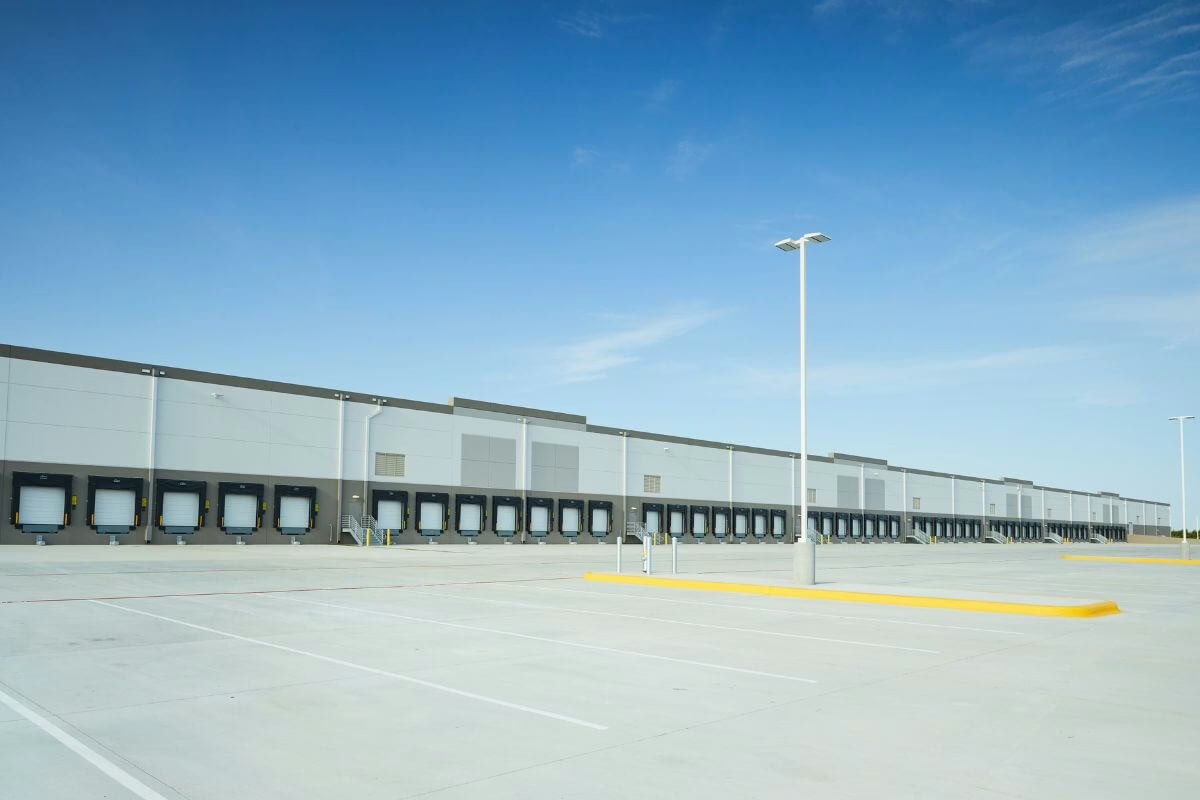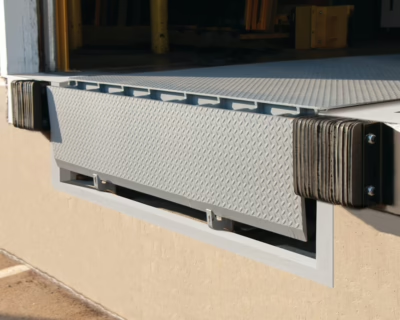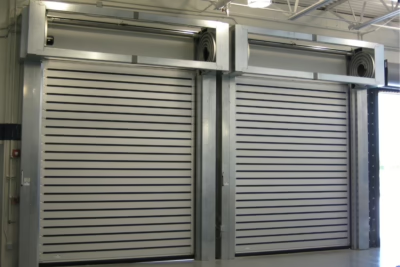Designing a loading dock is more than just selecting equipment — it’s about optimizing operational flow, safety, and long-term performance. A poorly designed loading dock can lead to costly delays, damage to goods and equipment, and increased safety risks. Whether you’re outfitting a new warehouse or upgrading an existing facility, avoiding common design mistakes is essential for maximizing throughput and minimizing downtime.
This guide highlights the most frequent loading dock design errors and how to avoid them to ensure a safer, more efficient operation from day one.
Why Proper Dock Design Matters
A loading dock is one of the busiest and most hazardous areas of any commercial facility. A well-designed dock:
- Supports high-volume material flow
- Reduces the risk of accidents and injuries
- Accommodates a wide range of truck sizes and trailer types
- Prevents bottlenecks during peak hours
- Extends the life of dock equipment
Getting it right from the start saves money, improves workflow, and enhances safety for both workers and drivers.
Mistake #1: Poor Site Planning and Layout
The foundation of any successful loading dock begins with site layout. Too often, facilities overlook site-specific constraints, resulting in cramped or inefficient setups.
Common layout oversights include:
- Insufficient approach space for trucks to maneuver
- Dock positions that face prevailing winds or snow accumulation
- Misaligned docks relative to traffic flow
- Lack of consideration for future expansion
How to avoid it:
Work with a design team that conducts a full site evaluation and considers traffic flow, turning radii, sight lines, and seasonal weather conditions. Planning with scalability in mind will also prevent costly redesigns as your facility grows.
Mistake #2: Choosing the Wrong Dock Height or Leveler Type
One size does not fit all when it comes to dock height and leveler selection. If your dock isn’t properly aligned with the types of trailers you’re receiving, it can lead to damaged goods, worker strain, and delays.
Common issues include:
- Dock height incompatible with typical trailer sizes
- Manual levelers in high-volume or temperature-sensitive operations
- Undersized levelers that can’t support the load weight
How to avoid it:
Assess the range of vehicle types (standard trailers, step decks, refrigerated trucks) your facility will service and choose dock levelers that provide proper vertical travel and load capacity. Hydraulic dock levelers are typically best for high-throughput or cold storage environments.
Mistake #3: Inadequate Safety Features
Safety is non-negotiable. However, many dock designs fail to integrate key safety systems upfront, leading to preventable injuries and compliance issues.
Frequently overlooked features include:
- Vehicle restraints to prevent trailer creep or early departure
- Dock bumpers to absorb impact and protect the building
- Warning lights and signage for drivers and dock workers
- Dock barriers or gates to prevent falls when the dock is empty
How to avoid it:
Incorporate OSHA-compliant safety equipment into your design from the beginning. Vehicle restraints and communication systems should be standard, not optional. Investing in safety now avoids liability and costly downtime later.
Mistake #4: Overlooking Trailer Variety and Future Equipment
Truck fleets are evolving. As e-commerce and regional logistics change delivery patterns, your dock must be flexible enough to accommodate a range of trailer types and vehicle heights.
Design oversights may include:
- Dock levelers that can’t bridge extended height differences
- Inflexible seals or shelters that don’t fit diverse trailer sizes
- Insufficient staging space for cross-docking or short-term storage
How to avoid it:
Design with versatility in mind. Vertical storing levelers and adjustable seals or shelters can accommodate both high-clearance and low-clearance vehicles. Consider modular systems that can adapt as your fleet needs change.
Mistake #5: Neglecting Energy Efficiency and Climate Control
Especially in temperature-sensitive environments, such as food storage or pharmaceuticals, failing to address energy loss at the dock can be a costly mistake.
Key energy inefficiencies include:
- Gaps around trailers due to poor dock seal design
- Use of mechanical levelers instead of vertical-storing models
- Lack of insulated dock doors or climate curtains
How to avoid it:
Choose dock shelters and seals designed to tightly enclose the trailer. Vertical levelers store upright and seal tighter when the door is closed. Consider adding dock fans or HVAC-integrated air curtains for high-performance climate control.
Mistake #6: Skipping Proper Drainage and Weather Protection
Water intrusion can wreak havoc on your loading dock area. This can result in slips, corrosion, and structural damage. Poor drainage and exposure to rain or snow are common culprits.
Mistakes to watch for:
- Improper slope or grading that causes water pooling
- No overhang or canopy to protect dock personnel and equipment
- Lack of trench drains or sump systems
How to avoid it:
Incorporate proper site grading and drainage channels into your design. A canopy or enclosed dock house adds year-round protection from the elements. These features improve safety and help preserve your dock equipment.
Real-World Example: Avoiding Design Pitfalls in Atlanta, GA
A logistics company in Atlanta partnered with DuraServ to build out a new 12-bay cross-docking facility. Initially, their internal team proposed a traditional dock setup with mechanical levelers and fixed seals. However, DuraServ’s site evaluation revealed that the facility would regularly receive a mix of reefer trailers, step decks, and high-volume parcel carriers.
By adjusting the design to include:
- Hydraulic dock levelers with extended reach
- Inflatable seals for better insulation and trailer compatibility
- Integrated vehicle restraints and LED communication lights
… the facility was able to handle peak throughput without delays or safety concerns. The added flexibility and safety features also reduced long-term maintenance costs.
Avoid Costly Design Mistakes with Help from DuraServ
Designing an efficient, safe, and future-ready loading dock requires more than basic equipment selection. From layout planning to leveler choice, safety integration, and energy performance, every design decision matters. By avoiding these common mistakes and working with a provider like DuraServ who understands real-world logistics demands, your facility can achieve maximum throughput and long-term operational success.



